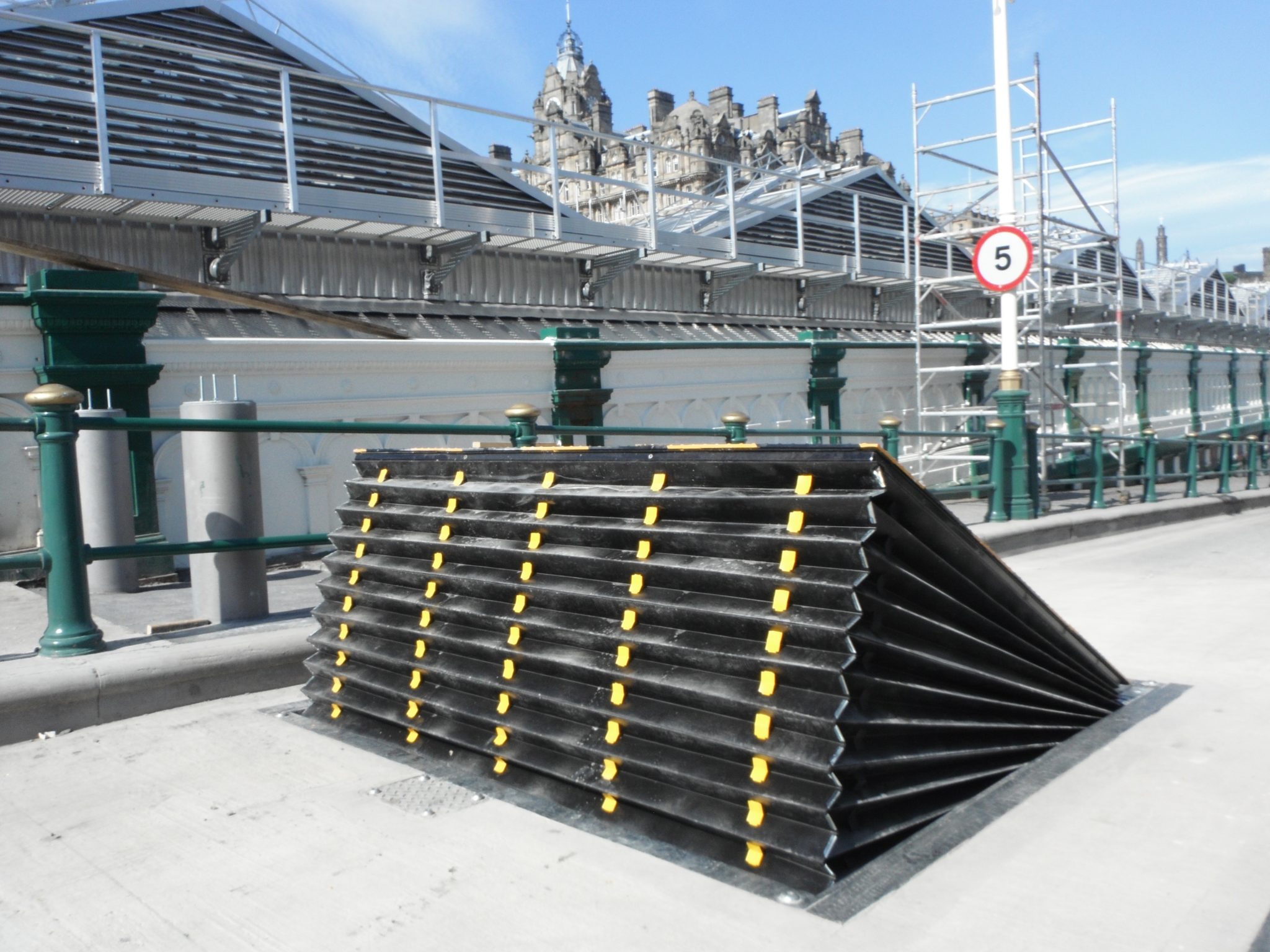EVERYTHING YOU NEED TO KNOW ABOUT VEHICLE BARRIERS

Vehicle limitations, also recognized as crash limitations, are bodily security gadgets designed to manage or block vehicular entry to a specific area. They are extensively used in various environments to boost security, stop unauthorized car entry, and protect folks and property from potential threats. Here's every little thing you should know about car limitations:
Types of Vehicle Barriers:
Crash Beams: Crash beams are horizontal obstacles put in along roads or highways to stop autos from leaving the roadway and coming into harmful areas.
Wedge Barriers: Wedge barriers are raised from the bottom to dam autos from coming into a specific space. They are notably efficient against hostile vehicle assaults.
Bollards: Bollards are sturdy, vertical posts installed within the floor to regulate vehicular or pedestrian visitors. They are obtainable in numerous varieties, together with mounted, detachable, and retractable bollards.
Gates and Rising Arm Barriers: These barriers management entry factors and are generally used in parking heaps, residential areas, and safe services. Rising arm limitations rise vertically to permit or block entry.
Key Functions and Features:
Hostile Vehicle Mitigation (HVM): Vehicle limitations, especially crash-rated obstacles, provide safety against vehicle-ramming assaults, which have turn out to be a significant safety concern.
Access Control: Vehicle obstacles help in managing and limiting vehicular entry to authorized personnel solely, enhancing security in sensitive areas.
Quick Deployment: Many car barriers are designed for fast deployment, ensuring swift response in emergency situations or safety breaches.
Integration: Vehicle obstacles could be built-in with different safety methods like surveillance cameras, access control, and alarms for a comprehensive security solution.
Customization: Vehicle obstacles can be custom-made by means of dimension, energy, and control mechanisms to suit specific safety necessities.
Considerations When Choosing Vehicle Barriers:
Security Level: Determine the required stage of safety based mostly on the potential threats confronted by the facility. Some areas may want crash-rated limitations, w here as others may require normal entry management limitations.
Site-specific Factors: Consider the area obtainable, ground situations, and potential conflicts with underground utilities when selecting and putting in vehicle obstacles.
Integration: Ensure compatibility with existing security techniques and the ability to integrate with different parts of the safety infrastructure.
Regulatory Compliance: Adhere to native legal guidelines and laws governing the set up and use of auto obstacles, obtaining needed permits and approvals.
Maintenance: Regular maintenance is crucial for the effective operation of vehicle obstacles. Choose obstacles that are durable and require minimal maintenance.
Applications:

Critical Infrastructure: Vehicle obstacles are used to protect critical infrastructure such as power vegetation, government buildings, and airports.
Commercial and Residential Areas: They are deployed in parking tons, residential communities, and industrial institutions to control vehicle access and improve security.
Event Security: Vehicle obstacles are used during occasions, festivals, or rallies to create safe perimeters and prevent unauthorized vehicular access.
Public Safety: Vehicle obstacles are utilized in pedestrian zones and public spaces to forestall accidental collisions and protect pedestrians.
In abstract, vehicle barriers are important safety devices used to manage vehicular entry, improve safety, and protect towards numerous threats. Choosing the proper sort of vehicle barrier entails cautious consideration of safety wants, site-specific components, integration capabilities, and regulatory compliance..
